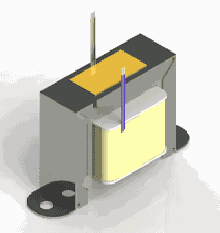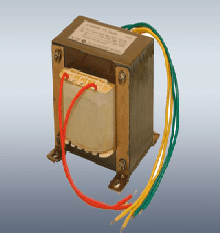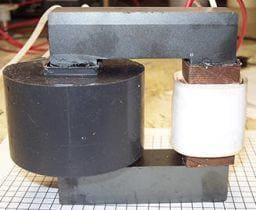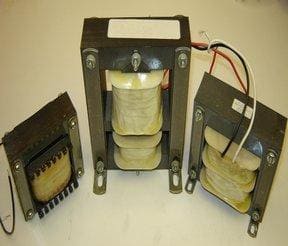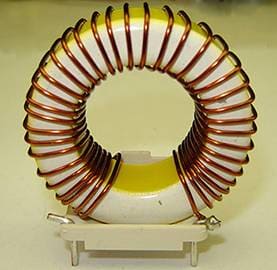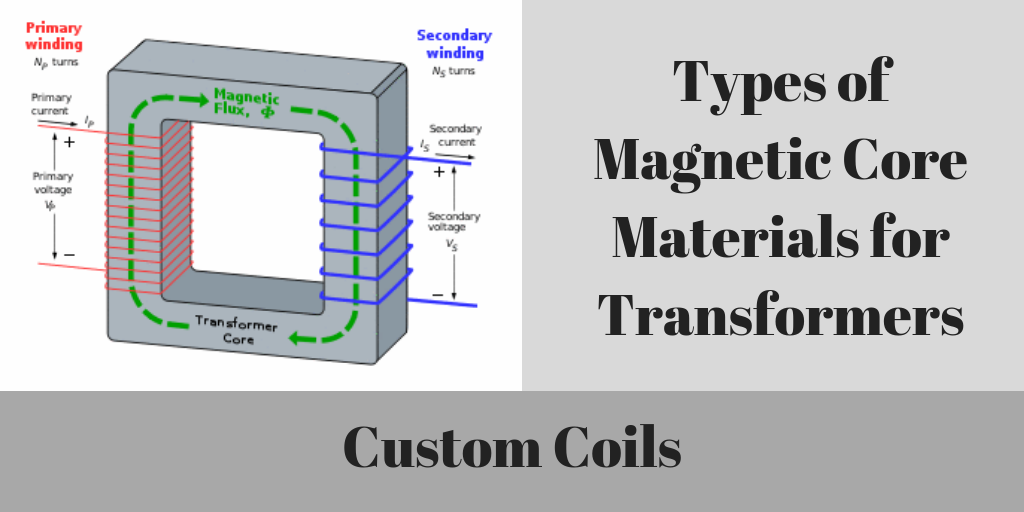 The electrical power transformer features primary, secondary, and tertiary windings. The transformer is driven by the flux between the windings. Magnetic cores are used in transformers, which serve as the pathway of the flux. The core can be made from various materials, this post discusses some of them.
The electrical power transformer features primary, secondary, and tertiary windings. The transformer is driven by the flux between the windings. Magnetic cores are used in transformers, which serve as the pathway of the flux. The core can be made from various materials, this post discusses some of them.
Materials Used for Building Magnetic Cores in Transformers
The magnetic core is basically a material with magnetic permeability, which helps confine magnetic fields in transformers. The following are the types of materials used for producing magnetic cores for the transformers:
- Amorphous Steel: This is one of the popular options for creating magnetic cores in transformers. These cores are made from several paper-thin metallic tapes, which help reduce the flow of eddy currents. Amorphous steel cores have fewer losses than other magnetic cores, and can easily operate at high temperatures than standard lamination stacks. The amorphous steel cores are most commonly used in high efficiency transformers that operate at medium frequencies.
- Solid Iron Core: These cores provide magnetic flux, and helps retain high magnetic fields without iron saturation. The cores are not recommended for transformers operating at AC applications because large eddy currents are produced by the magnetic field. These eddy currents produce heat at high frequencies.
- Amorphous Metals: Also known as vitreous metals, these metals are glassy or non-crystalline. These metals are used for creating high-performance transformers. The materials have low conductivity, which helps reduce eddy currents.
- Ferrite Ceramics: Ferrite ceramics are a class of ceramic compounds made from iron oxide, and one or multiple metallic elements. The magnetic cores made from ferrite ceramics are used in high-frequency applications. The ceramic materials are produced in different specifications to meet diverse electrical requirements. These ceramic materials serve as efficient insulators, and help decrease eddy currents.
- Laminated Magnetic Cores: These cores feature thin iron sheets covered with an insulating layer. These insulators prevent eddy currents, and confine them to narrow loops within each single lamination layer. The thinner lamination minimizes eddy current effects.
- Carbonyl Iron Cores: These magnetic cores are made from powdered carbonyl iron, and provide stable service across a wide range of magnetic flux and temperature levels. The carbonyl iron powder cores feature small iron spheres coated with a thin insulating layer. These cores help reduce the effects of eddy currents at high temperatures.
- Silicon Steel: Silicon steel has high electrical resistivity. The silicon steel core provides stable performance over the years. Silicon steel offers high saturation flux density. A few years ago, characteristics of silicon steel was altered with chemical changes, and today, the new product is known as AISI type M6. The M6 steel has high permeability and low losses, and it is used in high-performance applications.
As with any other metallic cores, the above-mentioned magnetic cores have their own advantages and disadvantages. You can always consult an electrical expert or an electric cable manufacturer to know which of the above magnetic cores will work perfectly for your transformer.

